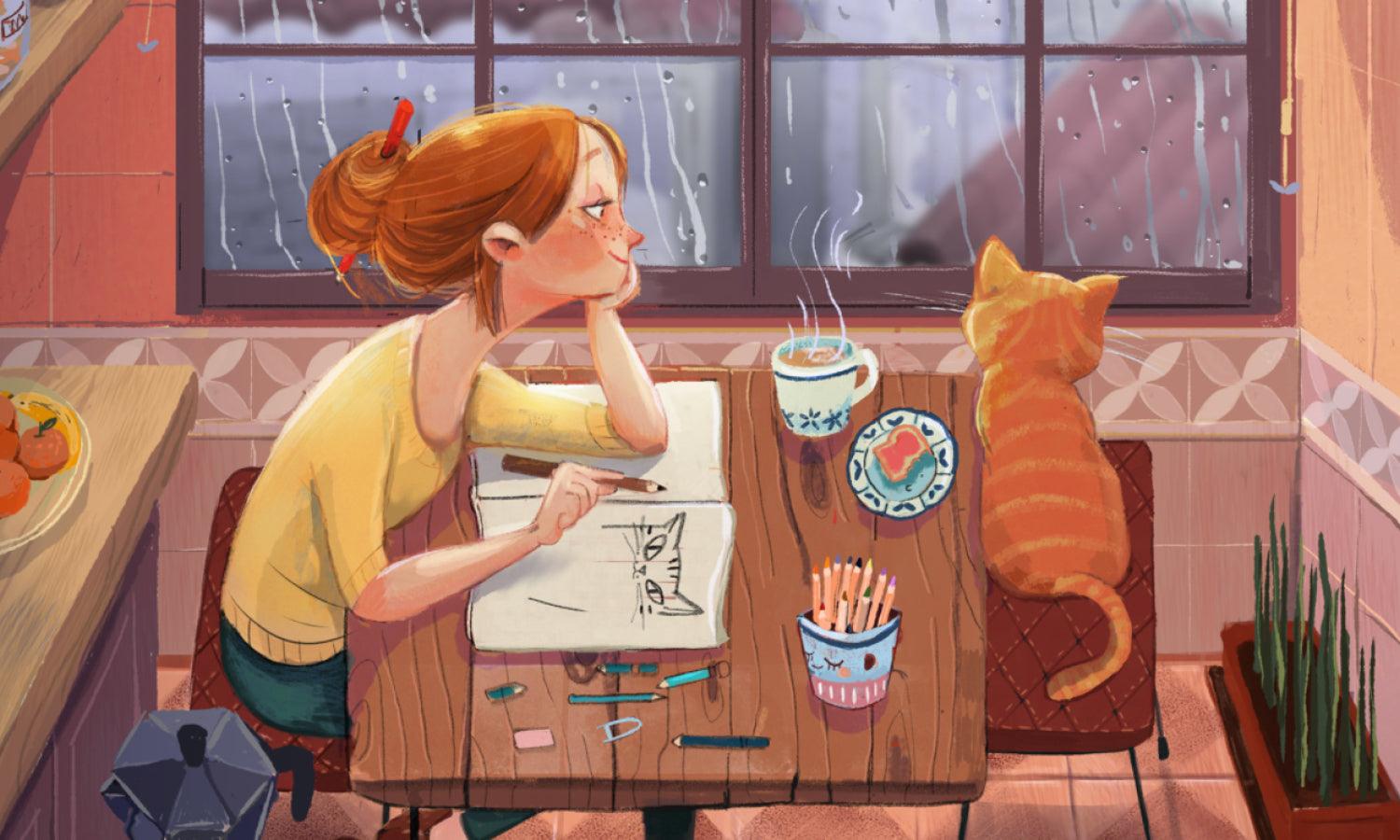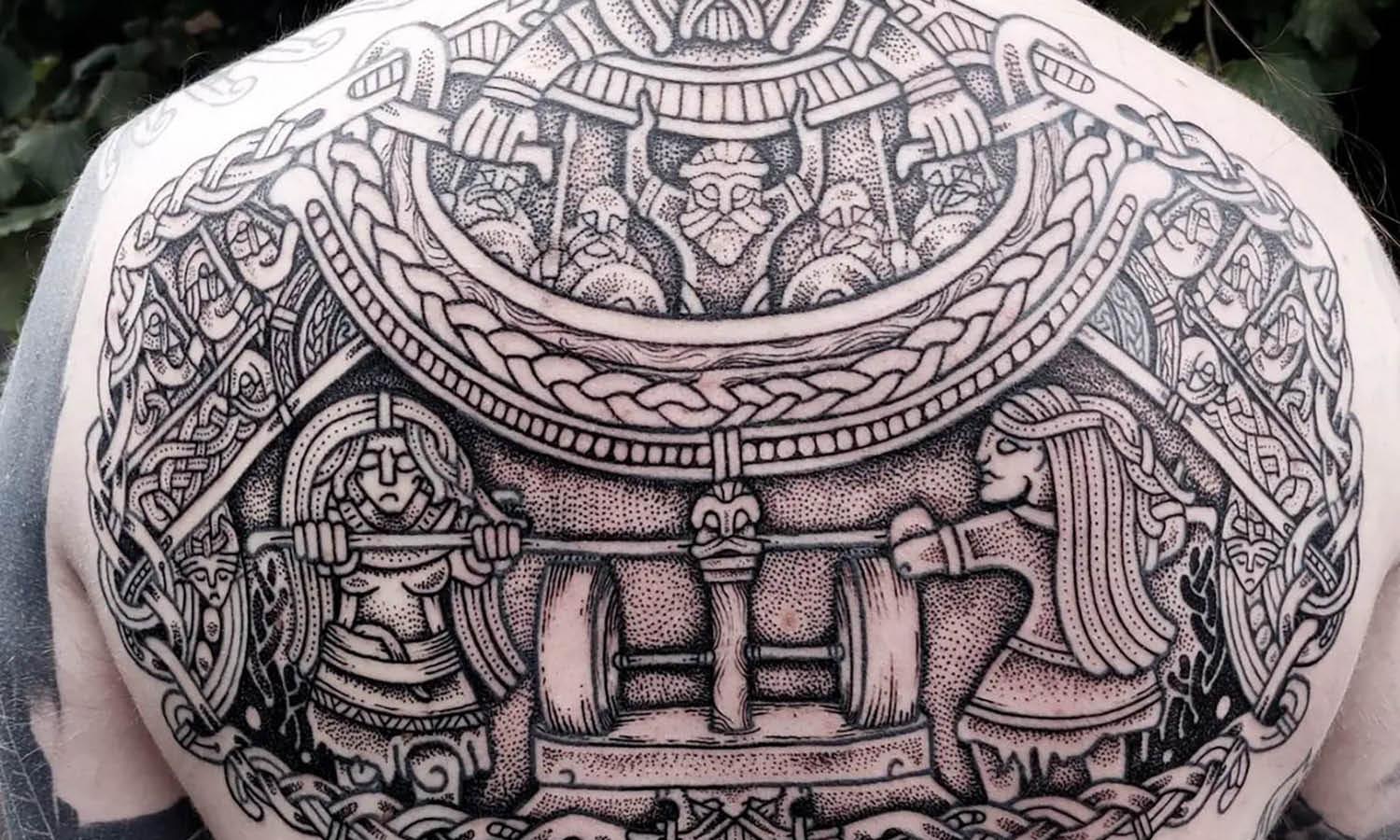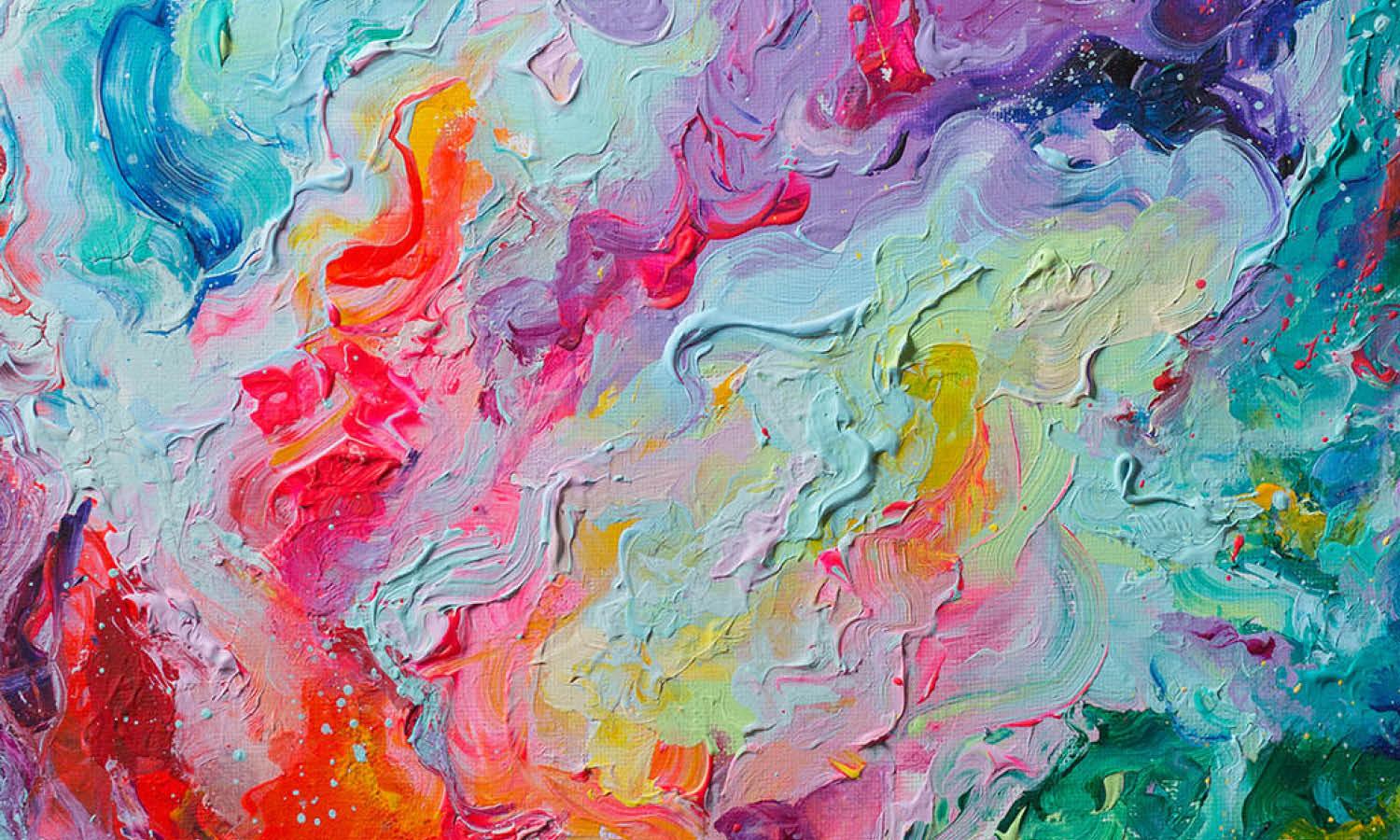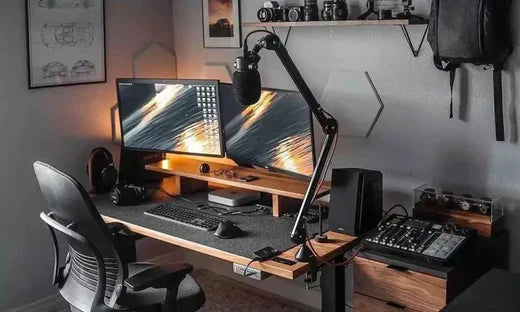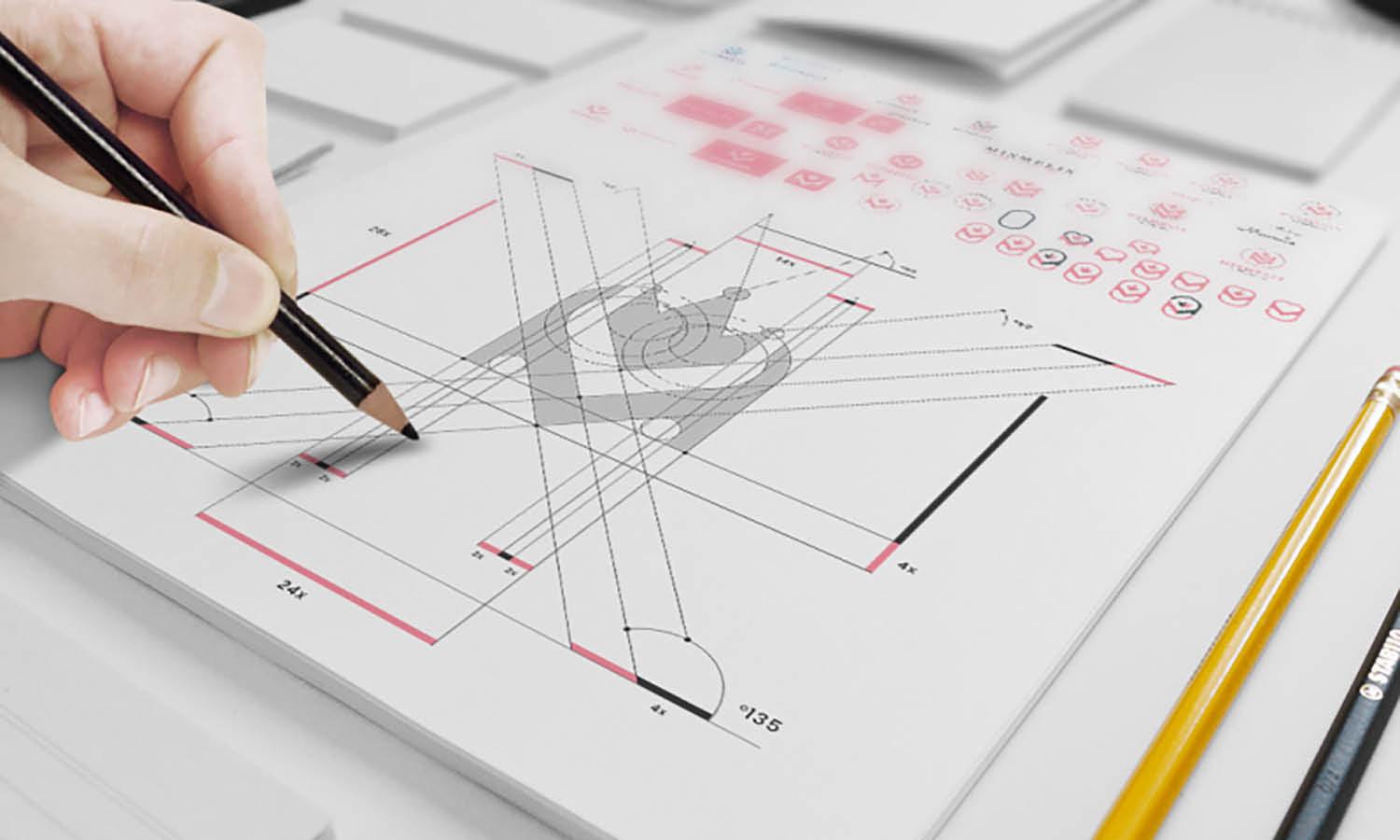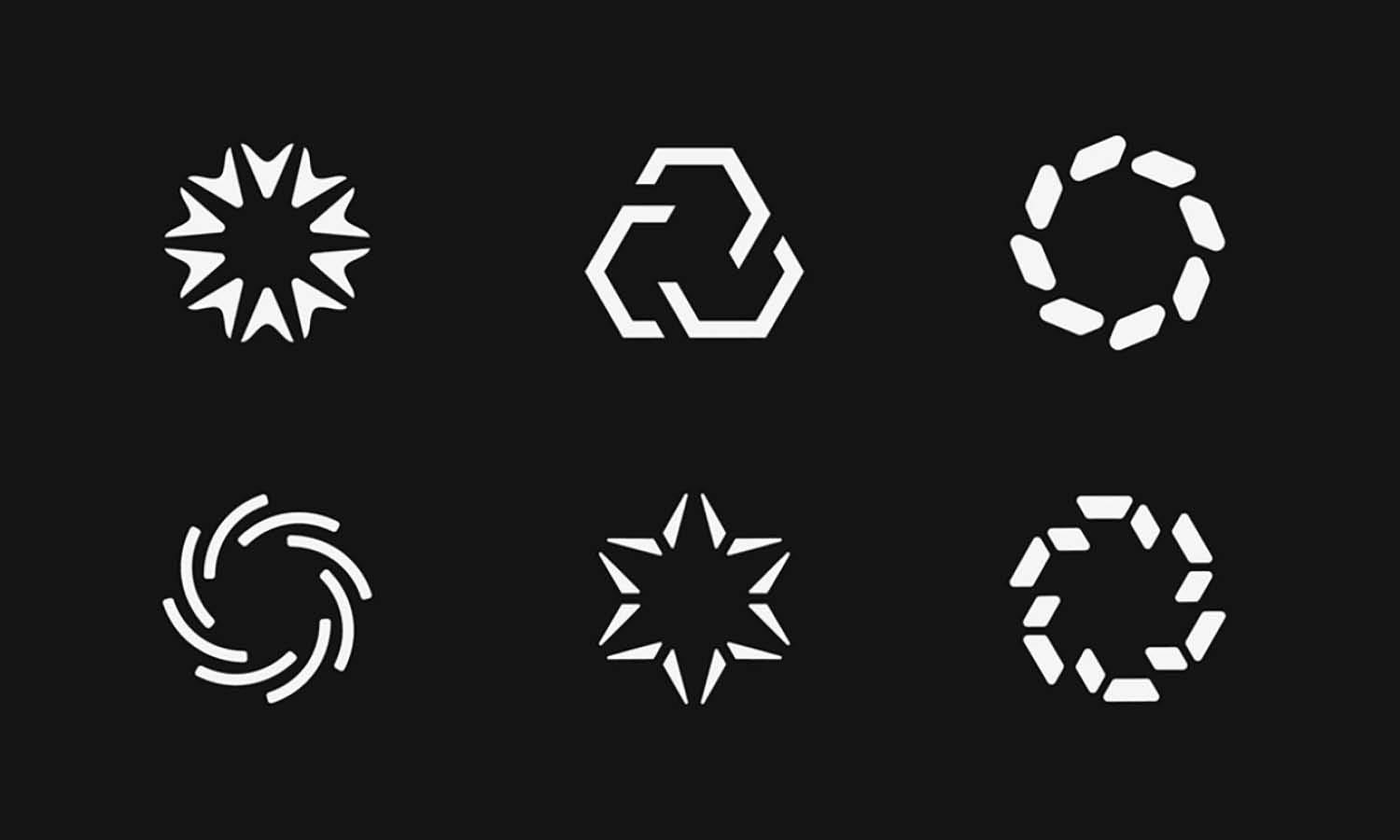How to Build Better Yarn Color Palettes

Color decisions can make or break a yarn project. While technical skills like tension control and stitch consistency matter, your color choices determine whether your finished piece becomes a showstopper or gets hidden at the back of a drawer.
Every yarn wall feels like a rainbow waiting to happen. Should you grab that gorgeous teal? Does it work with the burgundy you already picked? What about adding a neutral? These questions pop up for both beginners and experienced crafters. Understanding how colors interact turns yarn shopping from guesswork into intentional design choices.
You might eventually figure it out through trial and error, but that wastes time and materials. Budget-friendly options like Red Heart Saver yarn let you experiment with new color combinations without breaking the bank. Testing different palettes becomes more affordable when you choose economical yarns for your swatches and practice projects.
The Color Wheel: Your Secret Yarn-Choosing Tool
Isaac Newton's 17th-century experiments with prisms laid the groundwork for the first color wheel, later formalized in his 1704 book Opticks. According to the Smithsonian Libraries, Newton discovered how white light contains the entire visible spectrum. He arranged these colors in a circle, and artists and designers still use this tool today. The wheel shows which color combinations create harmony and which create tension.
This matters for yarn work because it predicts how colors act when placed side by side. Unlike painting, where colors blend together, yarn creates solid blocks of color (especially in color-blocked work or stranded colorwork). Each row and stitch in solid-color sections presents a clear color boundary. Understanding these relationships helps you picture how your finished project will look.
Let's talk about temperature. Warm colors (reds, oranges, and yellows) often seem to come forward, appearing closer to you. Cool colors (blues, greens, and purples) tend to fall back. Though fiber texture, stitch type, and lighting can change this effect, you can use this principle to create depth. A blue blanket with orange accents makes those orange sections pop forward and adds dimension.
Complementary Colors: Opposites That Attract
Complementary colors sit directly across from each other on the color wheel. Purple and yellow. Red and green. Blue and orange. These pairs create maximum contrast because they don't share any pigments. The result? Visual excitement that can feel energizing or overwhelming, depending on how you use it.
Here's the secret: in yarn crafts, complementary schemes work best when one color takes the lead and its complement acts as an accent. A green scarf with red edges packs way more punch than red and green stripes of equal width. Think of it like a conversation. When two people talk over each other constantly, it's exhausting. But when one person speaks and the other adds occasional comments, it feels balanced.
Value matters just as much as hue. Pale yellow with deep purple creates different energy than bright yellow with lavender. High value contrast makes colorwork patterns crisp and easy to read. Want to test this? Take a photo of your yarn choices in black and white. If they look almost the same in grayscale, they won't have enough contrast in your finished piece.
Analogous Colors: Natural Harmony
Analogous colors are neighbors on the color wheel, usually grouped in sets of three to five. Think blue, blue-green, and green. Or red, red-orange, and orange. These color families share pigments, which creates natural harmony that feels put-together without being boring.
The trick? You need enough variation to keep things interesting. Three blues that look too similar might come across as monochromatic instead of intentionally varied. Aim for clear differences in hue, value, or saturation. Try pairing a bright teal with a muted sage green and a deep navy. The colors stay cool and work together, but each one stands out.
Temperature consistency in analogous palettes adds to their calming vibe. All warm colors together (red through yellow) create cozy, energetic feels. All cool colors together (green through purple) bring tranquility. Want drama? Break the pattern by adding a warm color to a cool palette. That creates an accent that grabs attention.
Triadic Colors: The Balanced Approach
Triadic color schemes use three colors spaced evenly around the color wheel, like points on a triangle. The primary triad (red, blue, and yellow) is the most famous, but any three equally spaced colors work. These combinations give you more variety than analogous palettes while staying more balanced than complementary pairs.
Here's how to make them work: Play with proportions. Instead of using all three colors equally, pick one as your main color for about 60% of your project, a secondary color for 30%, and save the third as a 10% accent. This stops competing colors from fighting for attention.
Tweaking saturation levels helps too. Vivid blue with dusty coral and muted gold looks more sophisticated than electric blue with hot coral and sunshine yellow. Both use the same triadic relationship, but one feels playful while the other leans elegant.
The Power of Neutrals
Neutrals get dismissed as boring, but they do serious work in color design. Whites, grays, blacks, browns, and beiges all have subtle temperature shifts that change how they look next to other colors. Warm grays lean brown or yellow. Cool grays lean blue. According to research published in Frontiers in Psychology, color choices carry important psychological meaning and can affect how people respond to visual designs, making even neutral selections worth careful thought.
Pick neutral temperatures that match your main colors. Warm colors like rust and gold pair well with warm neutrals like cream or tan. Cold white next to warm colors can look jarring because it brings in unexpected cool tones.
Neutrals also give your eyes a place to rest between bright colors, which makes those bright sections feel even stronger. It's like the pauses in music that make the notes sing.
Test Before You Commit
Color theory gives you guidelines, not rules. Personal taste and project context decide whether a color combo works. What looks amazing in a small swatch might feel overwhelming across a whole blanket.
Smart testing saves time and money. Before buying full project amounts, grab single skeins and make swatches at least six inches square. Work them in your planned stitch pattern because texture changes how colors look. Garter stitch creates shadows that make colors darker. Lace makes openwork that lets background colors show through.
Pro tip: take photos of your swatches in different lighting. Colors change a lot between natural daylight, warm bulbs, and cool fluorescent lights. Photos also let you check colors in grayscale for value contrast, which shows whether your colorwork patterns will read clearly.
Look at finished projects you love. What color relationships do they use? How are the proportions balanced? Studying successful work trains your eye faster than reading theory alone.
Color theory turns yarn shopping from guesswork into smart decisions. The more you play with combinations, the more confident you'll feel picking palettes that show your creative style. Soon you'll grab colors that work together naturally because you get the principles that make colors sing. And that's when the real magic happens: you'll choose colors with confidence and joy.


